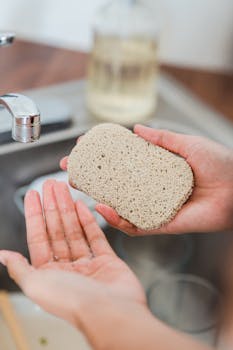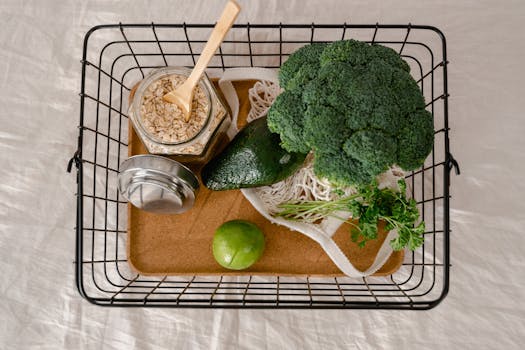Household Economy
Weekly Meal Prep: Save Time, Cut Stress, and Eat Better Every Week
Discover weekly meal prep strategies that save time, cut stress, and help you eat better. Get real-life tips, tools, tables, and sample lists for easy kitchen wins.
Advertisement
Set Up Your Kitchen for Meal Prep Success from the Start
Embrace Batch Cooking for Efficiency
| Tool | Purpose | Best For | Takeaway |
|---|---|---|---|
| Glass Containers | Storage | Batch Meals | Let leftovers cool before refrigerating for best texture. |
| Sheet Pans | Roasting | Proteins, Veggies | Roast several items at once to save cleanup time. |
| Sharp Chef’s Knife | Prep | Vegetables, Meat | Sharpen monthly for efficient, safer chopping. |
| Rice Cooker | Hands-Off Cooking | Whole Grains | Start rice first; it cooks while you prep other items. |
| Slow Cooker | Easy Cooking | Soups, Stews | Prep overnight; use for set-it-and-forget-it meals. |
Craft a Realistic Weekly Meal Plan You’ll Actually Use Every Day
Brainstorm Go-To Recipes for Reuse
- Write a quick breakfast rotation: overnight oats, Greek yogurt parfaits, or hard-boiled eggs. This covers express mornings and saves money on coffee shop runs.
- Pick two proteins, like rotisserie chicken and canned tuna, for lunch salad kits and grab-and-go wraps. These short-cuts deliver flavor without a midday mess.
- Designate a “leftovers night”—gather anything that needs to be used, and repurpose with tortillas, rice bowls, or an easy frittata for a creative clear-out.
- Schedule a prep session for snacks: pre-cut veggies, cheese cubes, or homemade granola bars. Convenient bite-sized foods cut impulse purchases and fill nutrition gaps.
- Visualize dinners as building blocks: roasted vegetables, sautéed grains, and a protein arranged differently each night. Variety without new recipes every day.
Create a Detailed Grocery List
- Sort list by meal type: breakfast, lunch, dinner, snacks, drinks; guarantees nothing gets missed, and you’re less likely to impulse buy extras.
- Note which ingredients have double-duty: greens for salads and smoothies, grains for bowls and side dishes. Multi-purpose foods keep budgets tight and meals interesting.
- Add condiments and pantry stock-ups as a separate section, ensuring essentials like oil, spices, and canned beans are always on hand.
- Stop before checkout and review: eliminate anything that can’t be used in two recipes this week. Reduces food waste and unplanned spending.
- Print, share, or save the grocery list on your phone’s notes app for easy reference and quick double-checks.
Create Batch Components for Maximum Flexibility
Prep Versatile Grains and Veggies Early
Dedicate a Session to Proteins
Streamlined Storage & Portioning for Freshness and Convenience
Choose Containers for Both Function and Flavor
Store for the Short and Long Term
Use Repetition and Variety to Avoid Burnout
Try New Flavors in Small Batches
Rotate Cooking Methods
Recap the Game Plan for Confident Results
Frequently Asked Questions
What’s the best day to do weekly meal prep?
Most people choose Sunday or the day before their busiest workdays. The aim is to have meals ready at the start of the week when willpower and time are at their lowest. Stick to whatever day fits best with your routine.
How long do prepped meals stay fresh?
Refrigerated meals typically last three to five days if stored cleanly and cooled quickly in airtight containers. For anything longer, freeze individual portions and thaw as needed for freshness and safety throughout the week.
Is weekly meal prep expensive to start?
Initial costs are offset after a few weeks. Buying storage containers and pantry staples up front costs more, but weekly meal prep sharply reduces impulse food spending and wasted groceries almost immediately.
Can meal prep help with specific diets?
Yes, meal prep works well for vegetarian, gluten-free, or calorie-focused diets. Just tailor recipes to your own goals and don’t forget to include snacks or breakfast for complete coverage.
How can I avoid getting bored with meal prep?
Rotate flavors and meal formats—try new sauces on familiar foods, mix up textures, and swap proteins or grains. Tracking what excites you (and what doesn’t) will build enthusiasm and keep weekly meal prep enjoyable all year.





